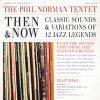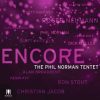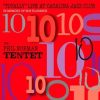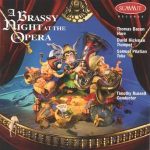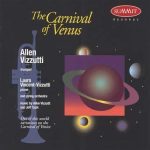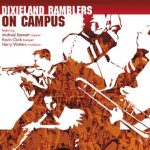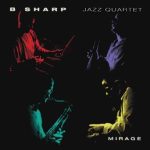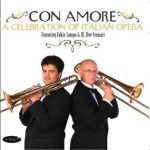Phil Norman
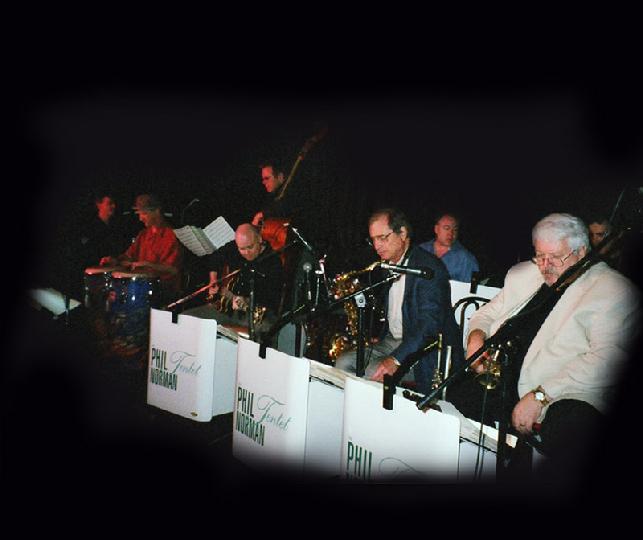
Biography
Listening to the Phil Norman Tentet is like hearing the very essence of the best big band jazz – with all the thrills of that remarkable sound, but a lot less volume. Big bands are often described as the symphony orchestras of jazz. More than that, big band instrumentation has been vital to the soundtrack of American life for nearly a century.
But mid-sized bands such as the Tentet have played an equally vital role as the chamber ensembles of jazz, with a similarly rich potential for creative diversity.
Think of the Miles Davis Birth of the Cool bands, the West Coast jazz bands of the fifties, the Mingus bands, and – more recently – the octets of Dave Holland and David Murray. Each is different from the other, finding new, illuminating ways to use an instrumentation of eight to ten or eleven players in authentic jazz fashion.
The Norman Tentet (actually eleven, since Norman doesn’t include himself in the number count) has been doing precisely that for more than fifteen years now. And doing it in a way that dips into the influential resources of such predecessors as the Birth of the Cool bands, while exploring new ideas via the contributions of gifted arrangers and composers Bob Florence, Dave Pell, Allen Broadbent, Roger Neumann and Kim Richmond, among others.
What did it take to create a prime, world-class jazz ensemble such as the Tentet? Phil Norman knows. It all began, he says, when he was asked if he had a group to play a regular Wednesday night gig at an L.A. jazz club called Lunaria.
“I had no music,” he recalls, “no charts, no bandstands. No musicians. But now I had a string of Wednesday nights. And I soon learned that if you want to get something done, just commit to doing something you haven’t done before.”
What Norman did have in mind was a sound. “I was thinking small group instrumentation,” he says. “Dave Pell, Gerry Mulligan, Art Pepper, things like that. And I loved what Dave Pell did, putting the guitar in as a horn. So I got a few charts from Dave. Added a few rent-a-charts from Dan Higgins, called Roger Neumann and Tom Kubis and bought a few charts from them. Somebody loaned me some bandstands.”
Musicians came next. And with Los Angeles’ always fertile crop of players, it didn’t take long to assemble a first rate line-up.
“We eventually ended up on opening night with Bob Florence, Andy Martin, Carl Saunders, Ron Stout, Bob Efford, Dave Carpenter and Frank Capp, among others. Quite a group to start with,” says Norman. “I was in business.””
Fifteen years later, Norman and the Tentet is still in business, getting better and better with each new outing.
Encore is the Tentet’s sixth album. And the title, says Norman, traces to the fact that “our last effort stayed on the Jazz Times Top 50 for so long that folks have been asking ‘When are we going to do another CD?’”
One of the most important aspects of Norman’s job – in addition to leading the band, playing with it, booking it and writing all the checks – is deciding what to play and when to play it. And that was his first consideration, the Tentet’s latest, but not yet released CD Encore began to come into focus.
“I don’t show up for a gig not knowing what we’re going to play, and I sure can’t show up for a recording without a plan in mind, “ he says. “And I approach both of them the same way. I try to think of different tempos, different arrangers, different soloists, standard tunes and some originals. So that when I get through a live set or a program for a recording, everyone has soloed once or twice, and I’ve played a chart that someone in the band has arranged. And believe me, if anyone doesn’t get a chance to solo, I’ll hear about it afterward.”



